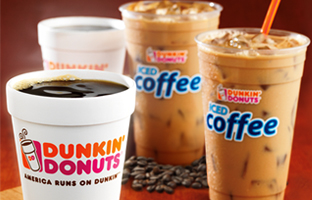Each time I have come home which has only been twice throughout the whole semester, my mother has changed because she died her hair. I have heard that hair dye causes cancer but was never completely sure.
Hair dyes differentiate greatly in their chemical make-up. The three main types of hair dies all have different effects. According to The American Cancer Society there are three main types of hair dyes:
The concern about cancer risk is limited to two different dyes being semi-permanent and permanent dyes, darker dyes being the greatest concern. According to the American Cancer Society, Researchers have been studying the possible link between hair dye use and cancer for many years.
According to the American Cancer Society, researchers used two main types of studies to try and figure out if the substance causes cancer. In studies that have been done in a lab, animals are exposed to the substance to see if it causes tumors or other health problems. In these lab studies, researchers can control many of the other factors that might affect the results. However, even though studies such as this are done it is not clear because the results in the animals might not be the same in humans.
According to the National Cancer Institute, one case-control study examined hair dye used among 769 patients with adult acute leukemia and 623 people without leukemia in the United States and Canada. IT found that the risks of acute leukemia were higher among users of earlier formulations of both permanent and nonpermanent dyes than those who had not used dyes. However, the increases were not statistically significant. No risk increases were seen among users of more recent dye formulations. The greatest risk was among those who have used permanent dyes for longer durations, meaning at least 15 if not more years.
Between the two observations, it is evident that cancer can arise from the dying of hair. However, there could be third variables involved in the experiment cause it to be this way and especially because as the study concluded the results in the animals might and probably wouldn’t be the same in humans.
However, it would be interesting to do a study on different kinds of animals and how they react, and then the same with humans; different people with different characteristics would produce different results. A randomized control-trial would work perfect if each individual participant were chosen at random. This study shows the effect hair dye can have on cancer but doesn’t necessarily provide evidence that there is a correlation between dying hair and skin cancer.




 The study found that compared to workers in office without windows, those with windows in the workplace received 173 percent more white light exposure during work hours and slept an average of 46 more minutes per night. Workers without windows had lower scores, and had poorer outcomes in measures of overall sleep quality, sleep efficiency, sleep disturbances and daytime dysfunction.
The study found that compared to workers in office without windows, those with windows in the workplace received 173 percent more white light exposure during work hours and slept an average of 46 more minutes per night. Workers without windows had lower scores, and had poorer outcomes in measures of overall sleep quality, sleep efficiency, sleep disturbances and daytime dysfunction. light at all.
light at all.






